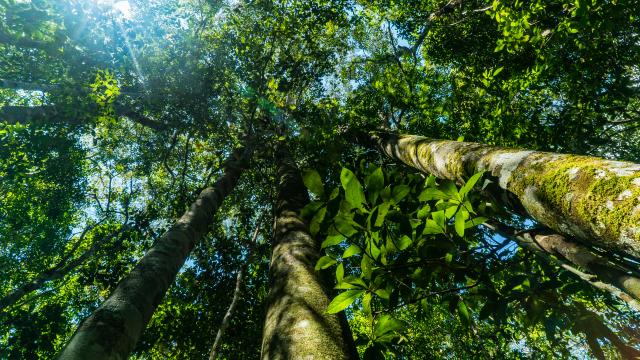
Protectors of the Amazon
At the end of last year, figures showed the level of destruction in the Brazilian Amazon rainforest had surged to a 12-year high. This destruction is causing immense suffering to the Amazon’s Indigenous Peoples, whose land is being stolen and destroyed.
Through a series of new artworks featuring the Uru-Eu-Wau-Wau Indigenous People, British artist Nick Gentry has helped us to put a spotlight on the amazing connection Indigenous Peoples have with the forest, and the destruction being done to their home.
“When I think of the Amazon, I can’t help but dwell on all the Indigenous Peoples who live there, and how their lands are being stolen and destroyed. They are the guardians of the rainforest and know how to best protect and conserve it – and yet their knowledge and wisdom is being ignored.
“WWF supplied me with the incredible photographs and backstories of these people. They are powerful and emotive images in their own right, so all I needed to do was simply show that the people are united as one with the land that they live on. By merging them I wanted to show that there is ancient wisdom and resilience in both the people and the land, but also a ghostly vulnerability. More than ever, we need to stand with the Amazon’s people and listen to their knowledge and wisdom.”
WWF would like to thank the Kanindé Ethno-Environmental Defense Association & the Association of the Indigenous People Uru-Eu-Wau-Wau. Without them this work wouldn't have been possible. All original photography of Indigenous Peoples and Land was carried out with the consent & collaboration of the Indigenous People featured and FUNAI.
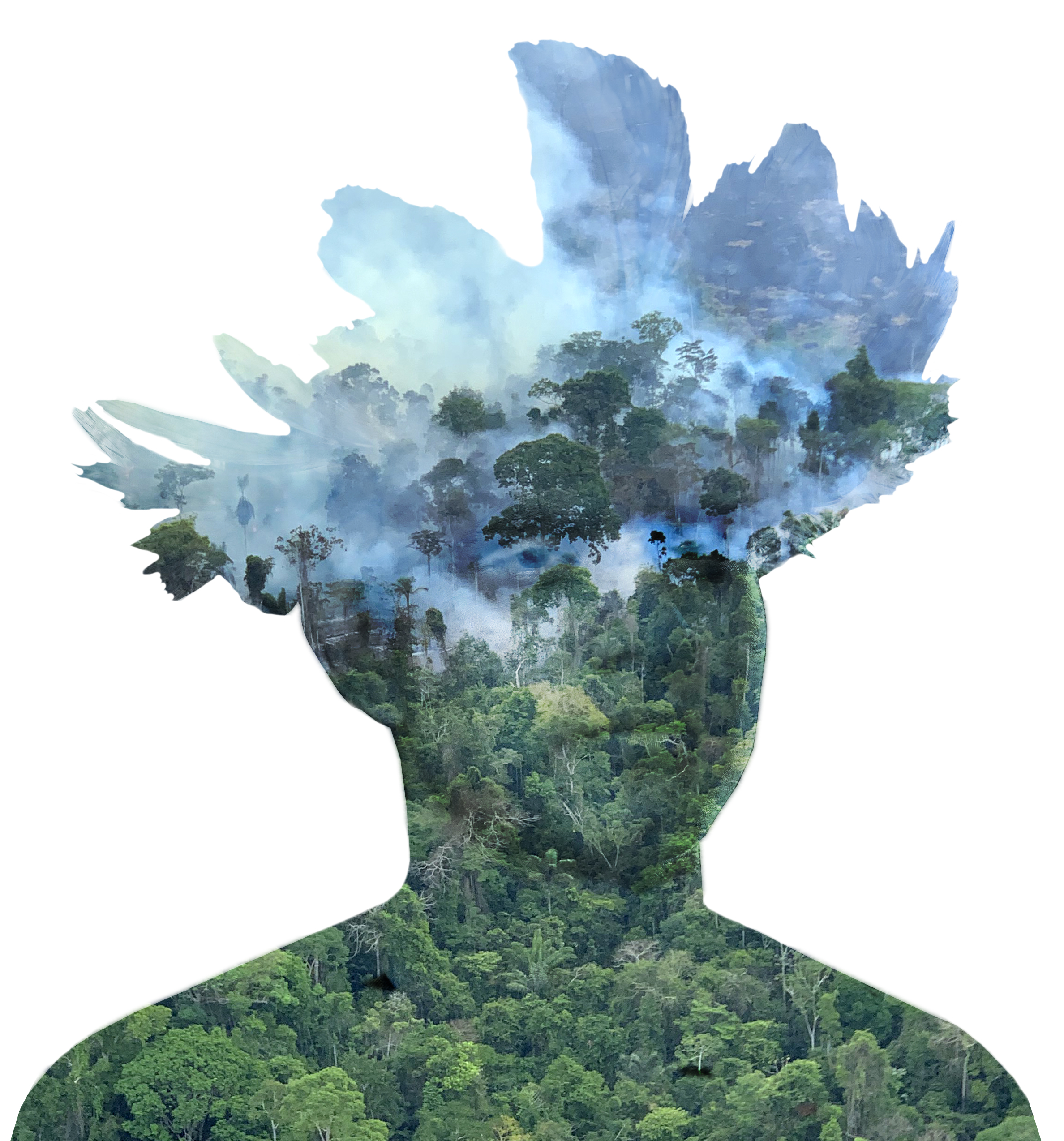
Bitaté Uru Eu Wau Wau
© Marizilda Cruppe / WWF-UK. Forest © Roberta McIntyre / WWF-UK
Ivaneide Bandeira Cardozo (Neidinha)
© Marizilda Cruppe / WWF-UK. Forest © Michael Dantas / WWF-Br
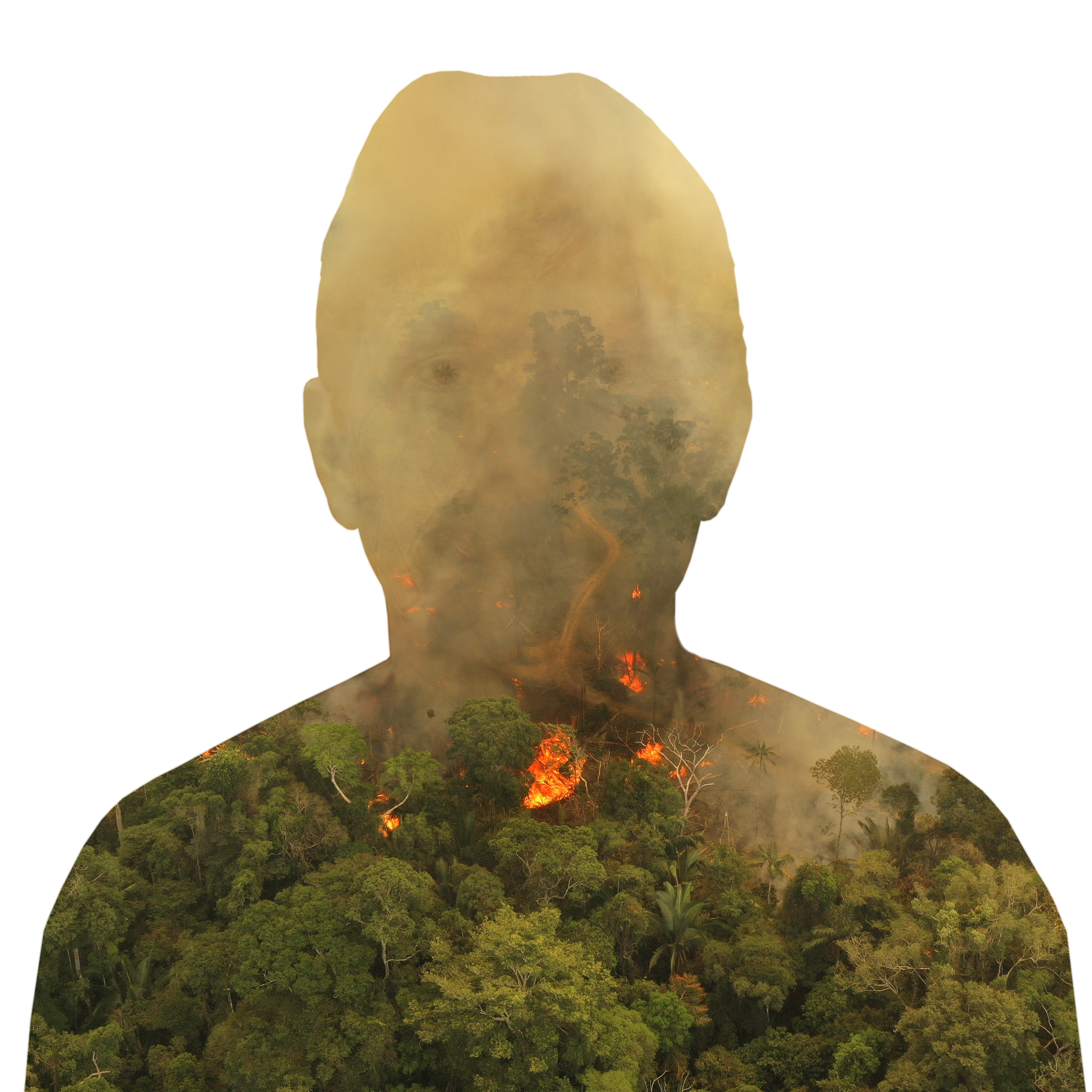
Ismael Menezes Brandão (Siã Shanenawa)
Marizilda Cruppe / WWF-UK. Forest C. Michael Dantas / WWF-Br
Tari Uru Eu Wau Wau
© Marizilda Cruppe / WWF-UK. Forest © Araquém Alcântara / WWF-Brazil
Ariman Uru Eu Wau Wau
© Marizilda Cruppe / WWF-UK. Forest © Michael Dantas / WWF-Br
The Uru-Eu-Wau-Wau Indigenous People
The Uru-Eu-Wau-Wau Indigenous territory in Rondônia measures 1,867,117 hectares and it is considered one of the most important within the Rondônia region because of its rich biodiversity and important freshwater sources.
The Uru-Eu-Wau-Wau Indigenous Land is also home to around 600 people from the groups Uru-Eu-Wau-Wau (or Jupaú), Amondawa, Oro Win and Cabixi as well as three isolated peoples; Yvyparaquawara, Jurureí and a third (which is not named).
Bitaté Uru Eu Wau Wau is president of the Uru Eu Wau Wau Indigenous People's Association:
“My relationship with the forest comes from a young age, I learned how to hunt, I learned to know the great wealth that we have inside the territory. The relationship of my people with the forest comes from a long time, we have always been with it, and growing and seeing the good it does for us.”
In the history of the Indigenous Land there have been successive invasions by loggers, rubber tappers, farmers, and land grabbers but it suffers in particular from land grabbing and illegal livestock. The invasions intensified from the 1980s and persist to this day. A new wave of invasions has intensified threats to the people of the Uru-Eu-Wau-Wau Indigenous Land since the 2018 election campaign.
Over the past year, COVID-19 has added to the threats facing Indigenous Peoples and local communities, both in this area and throughout the Amazon.
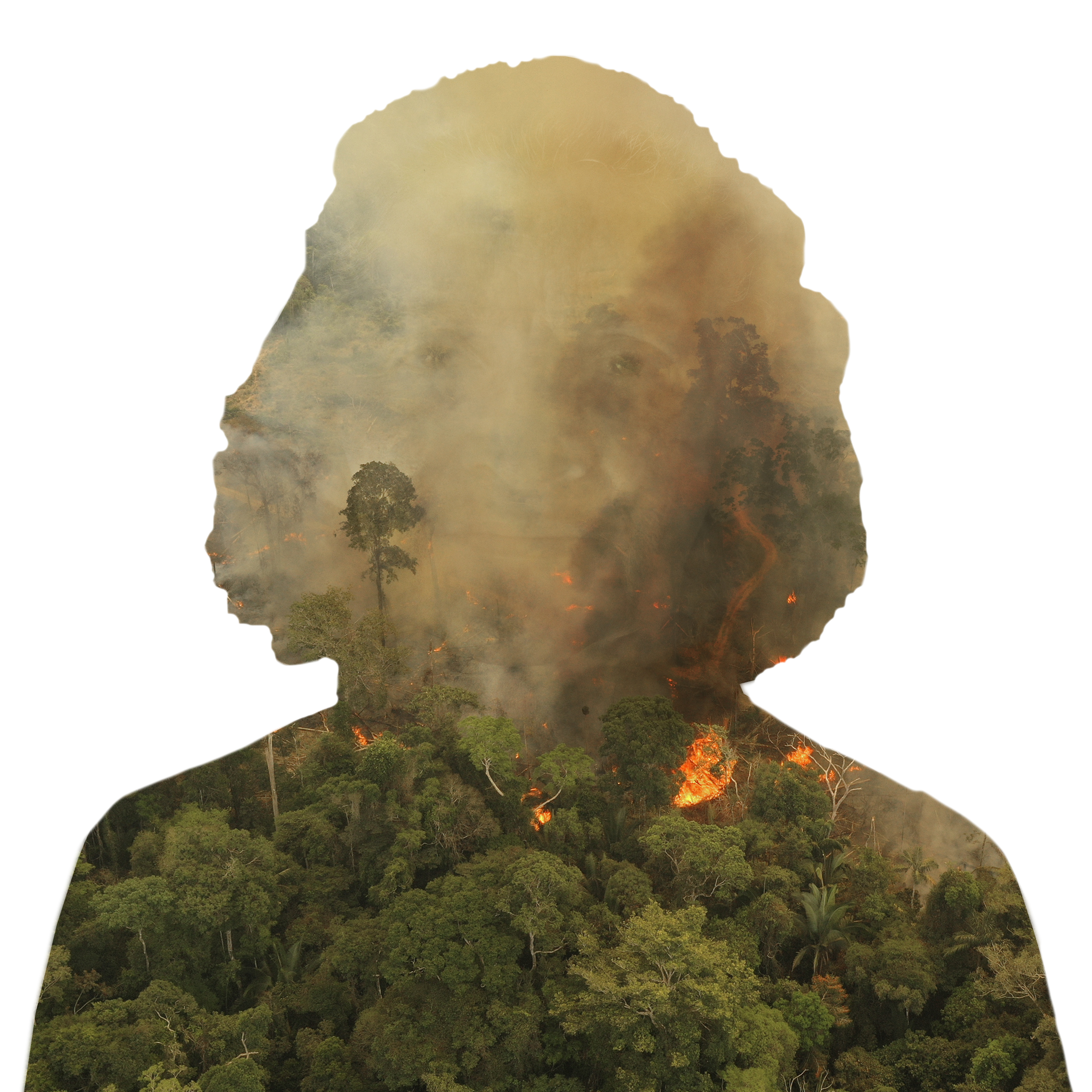
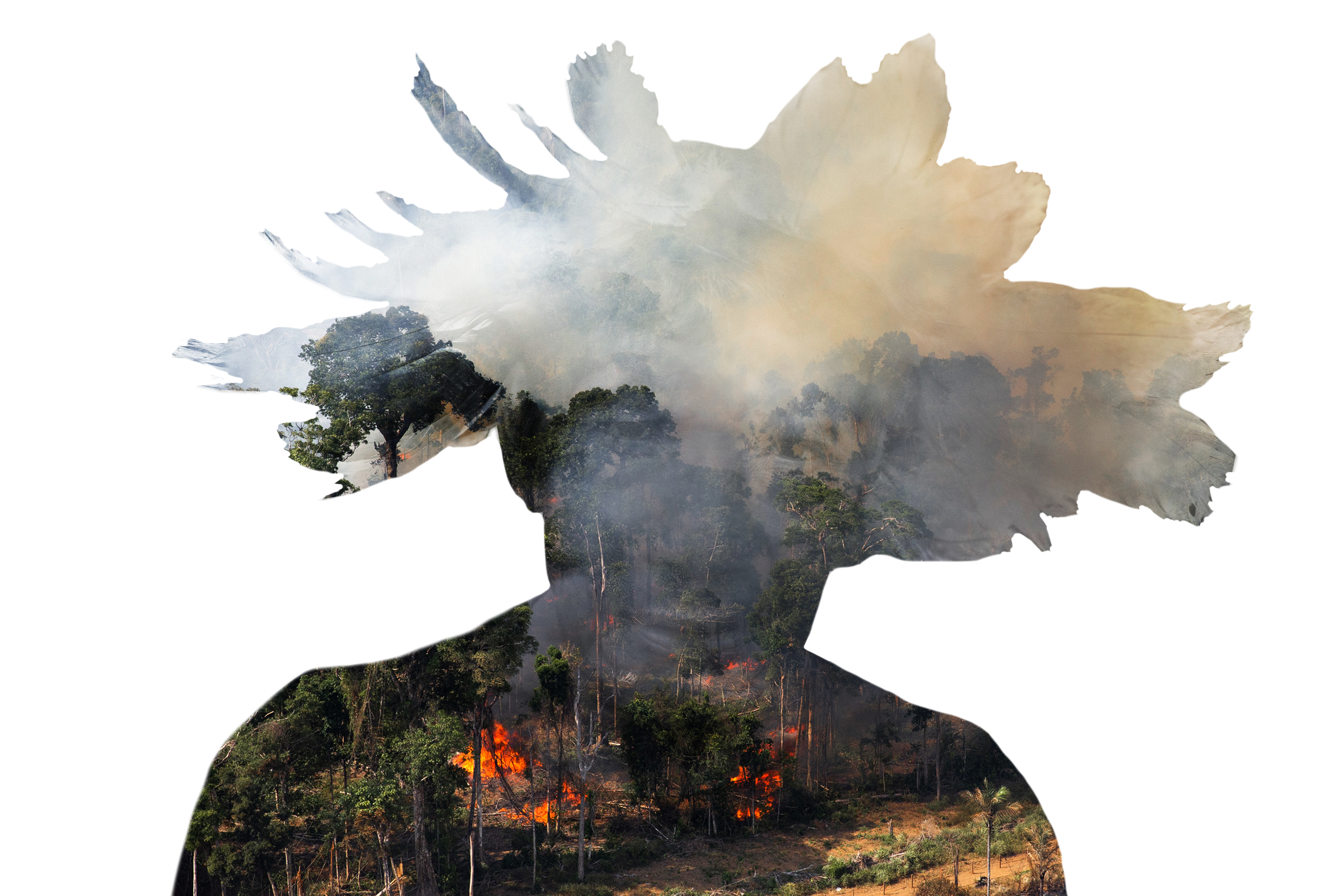
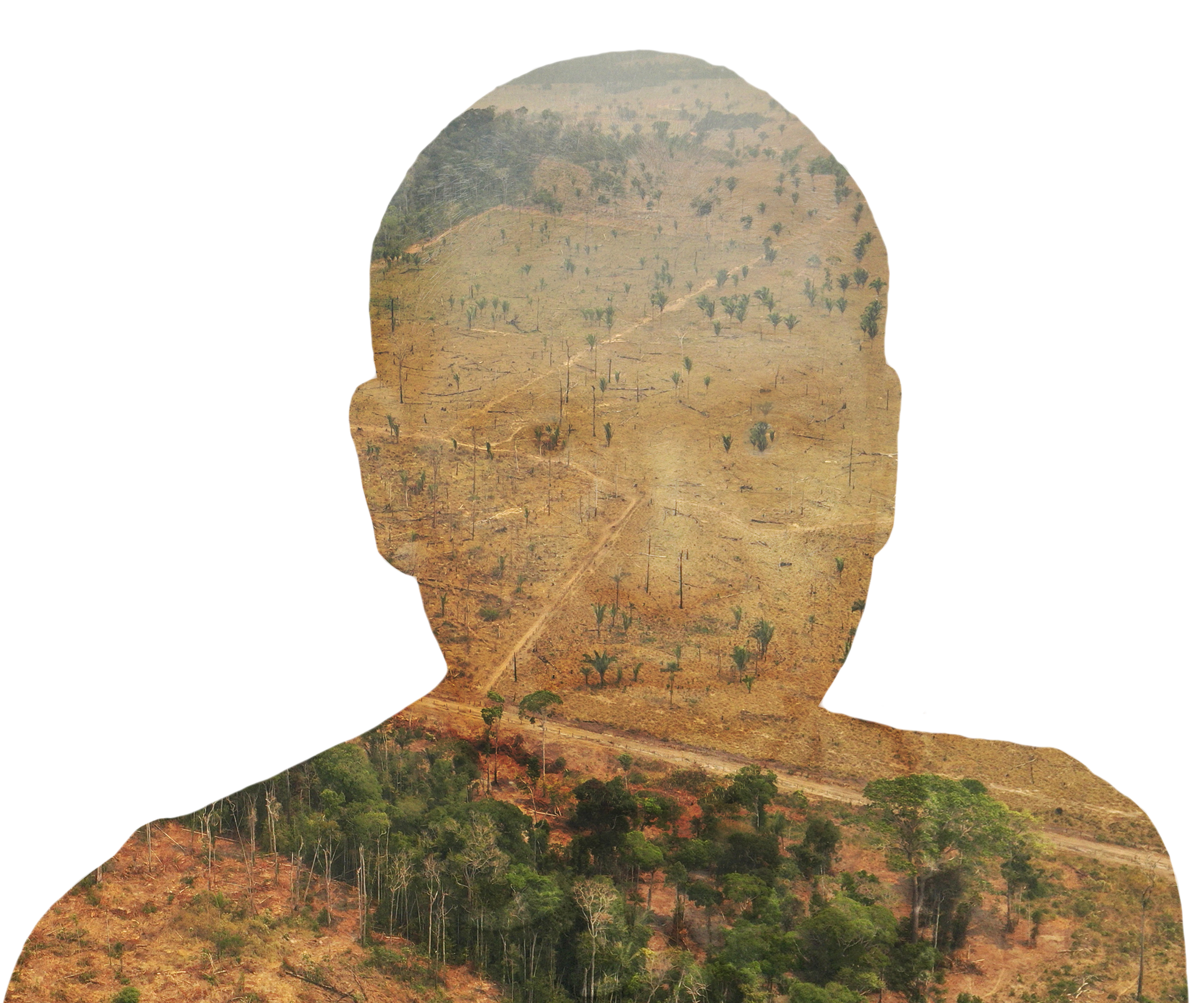
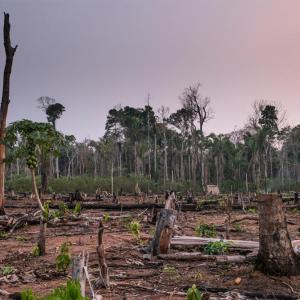 3 ways you can help the Amazon Rainforest
3 ways you can help the Amazon Rainforest
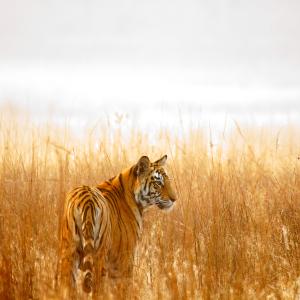 Philanthropy
Philanthropy
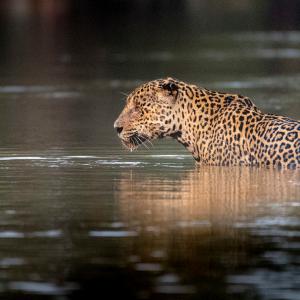 Fascinating facts about animals
Fascinating facts about animals
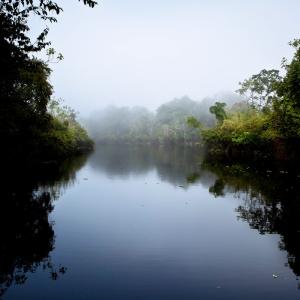 The Amazon Rainforest
The Amazon Rainforest